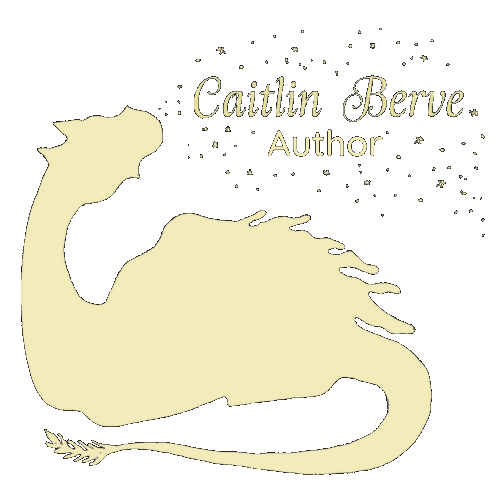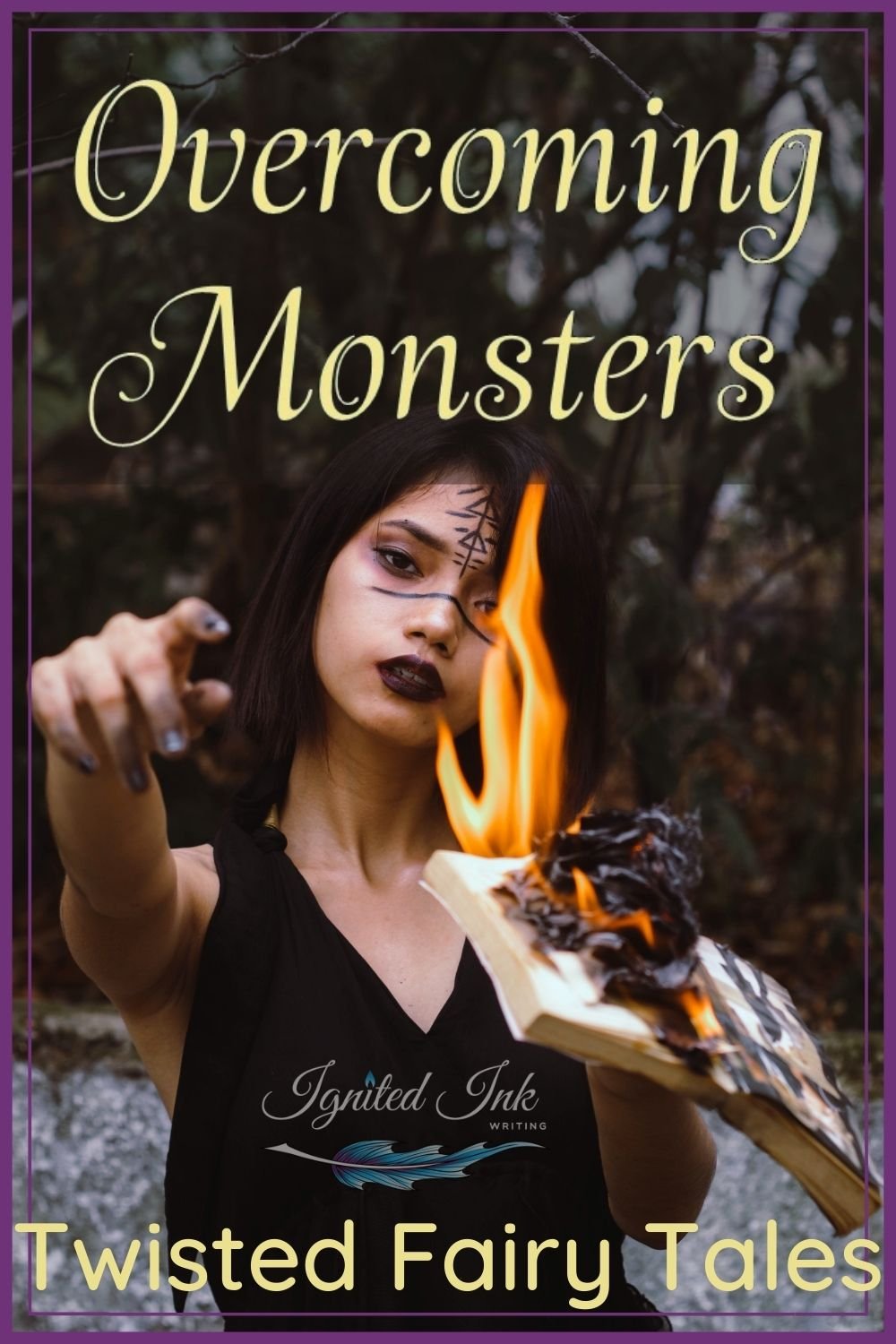Twisting Fairy Tales: Overcoming Monsters
In modern times, most children’s stories are benign with happy endings and the good person getting what they want. But traditionally fairy tales were much, much darker. There were formidable monsters, evil villains, and sometimes less than happy endings.
Many fairy tales were not actually meant for children. This is why some have more adult, twisted themes. But those that were intended for a young audience were designed to do more than entertain. They were meant to teach.
Some fairy tales teach values, like kindness in “Cinderella” or truthfulness in “Pinocchio.” Others have harder to digest lessons. Like the consequences of greed in “King Midas.” Fairy tales with witches, wolves, and monsters can lead to nightmares, but they are worth it.
Fairy tales were never meant to be just sweet stories with only sparkles and laughter and little substance. They were intended to teach children that monsters do exist. There are cannibals, murderers, and dangerous animals in the world. But more importantly, fairy tales teach children these terrors can be overcome. Children can defeat them and have a happy ending.
In order to teach kids how to overcome the darkness they will face, they first need to learn that the darkness exists. That’s what fairy tales do. They show children these evil creatures and intentions in a safe environment – a story – and they show people – including children – defeating them. That is the power of story. That is the power of fairy tales.
Modern monsters look difficult than the monsters of old. They wear charismatic masks and are master con artists. They hide their fangs behind sweet smiles and “good” deeds. This is why we need fairy tale retellings. Disney’s Frozen reimagines “The Snow Queen,” turning the villain into a heroine and the traditional savior – the prince – into the monster. Frozen teaches children about the love and bond between siblings, but it also shows them monsters like Prince Hans exist and can be defeated.
Even though my collection of modern fairy tales When Magic Calls is for teens and adults, it has a similar message. “But the Fairy Tale Isn’t Over” takes Hansel and Gretel, the candy house, and witch, and shows what they story would look like in different parts of the world and today. “Wolf Girl” shows how sometimes it’s people, not wolves, who are the monsters, and “Letters from a Wu” shows how choices, not genetics, make a villain.
So the next time you come across a children’s story that’s a bit darker than you anticipated, remember stories like fairy tales don’t hide the darker sides of the world from children. Instead, they teach kids how to overcome it.









Caitlin Berve is the author of When Magic Calls: A Collection of Modern Fairy Tales and currently working on a fantasy novel involving an arranged marriage, damsels who save themselves, and non-human shape-shifters. Through her company Ignited Ink Writing and MFA, she edits other people’s novels, creates video tutorials, teaches, and writes. Caitlin seeks to fill the world with the kind of writing that lingers with readers, pet all the fluffy and scaly animals she can, and find magic in modern times.